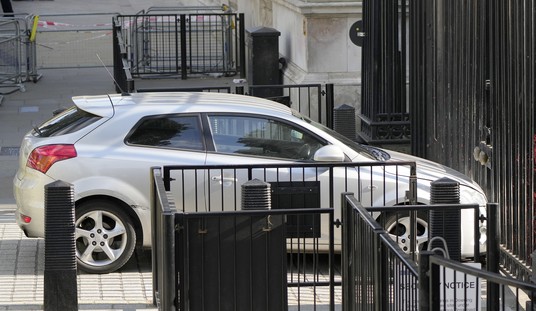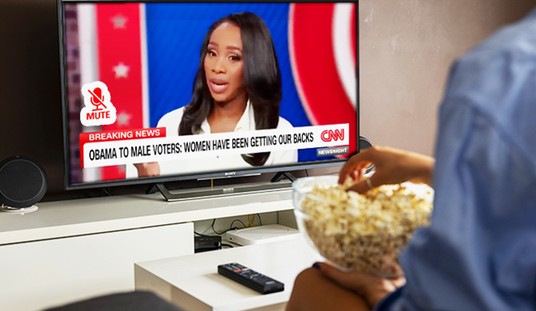Recently, a federal court sided with the American Petroleum Institute (API) and ordered the Environmental Protection Agency (EPA) to lower its biofuel volume target. Quite simply, as posed by API, the EPA exceeded their authority and ignored logic to foist a phantom “alternate fuel” onto the American people in quantities far too vast to be considered realistic. Their target production for 2012 was almost 500 times beyond the capability of the fuel “producers.”
Think about that. The US uses about 100 quadrillion British Thermal Units of energy per year. A BTU is the heat of one kitchen match; a quadrillion is 100 followed by 15 zeros. If all those BTUs were a pile of blocks or Legos, they would cover Manhattan Island (12.5 x 2.5 miles), to a depth of 161 feet. World energy demand would be a pile 600 feet high.
As to the US pile’s energy-source components, oil would be 65 feet, and natural gas and coal 36 feet each. They add to 137 feet, or 85% of the US total. Nuclear energy would add 13 feet (with no certainty of more) and hydroelectric, 4 feet (but some dams are being removed). Those energy sources bring the pile to 154 feet, or 93% of the total.
“Green” sources are the remaining 7%. Biomass would add 5 feet, of which cellulosic ethanol (subject of the EPA mandate/court case), comprises less than the thickness of two sheets of paper. In 2012, EPA ordered the use of 10.45 million gallons of cellulosic ethanol in gasoline, despite the fact that the fuel is little more than a lab experiment at this time. Production for the year was 22,069 gallons, less 2/10 of 1% “required” volume, or 8 drops per car per year, at a cost of $400 million!
Recommended
For the last two feet of the energy pile, geothermal would add 7 inches; wind, 14 inches, and solar, the thickness of 10 sheets of paper. So EPA, which wants to drive coal-fired electric generating plants out of business through one regulation, is forcing US refiners and drivers to pay for a non-existent transportation fuel through another one.
Thank goodness we have three branches of government. The court ruled as it should. Now, if the Executive and Legislative branches would consider logic, facts and arithmetic before enacting “policy,” American consumers, businesses and the entire US economy would be better off.























Join the conversation as a VIP Member